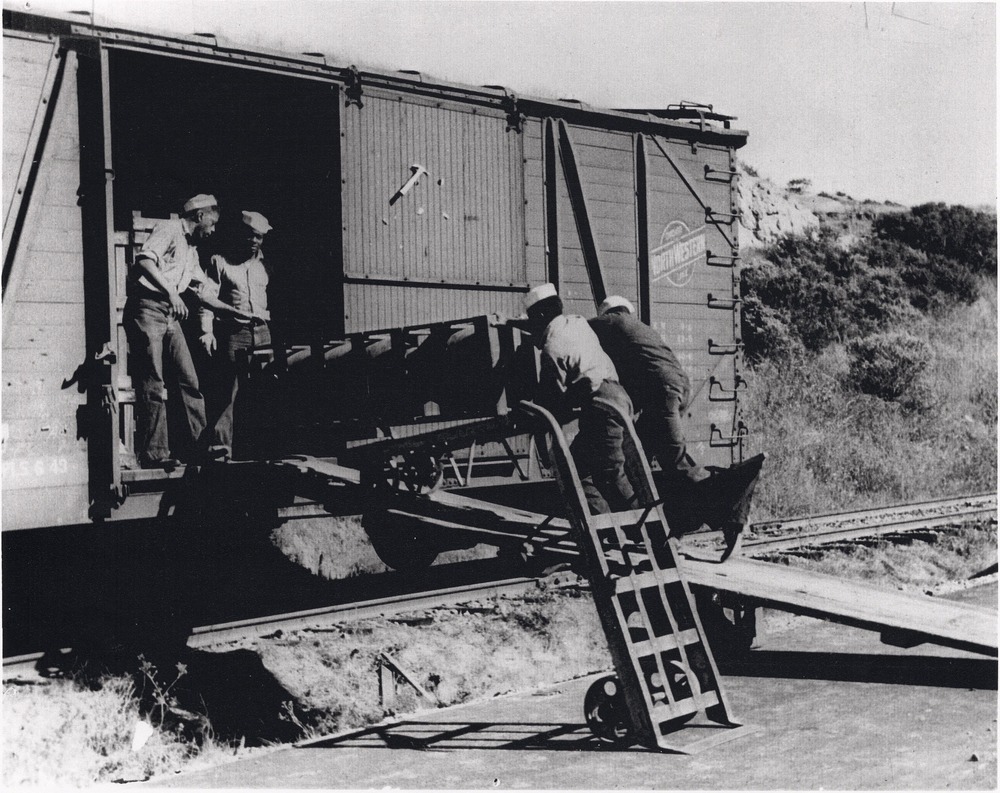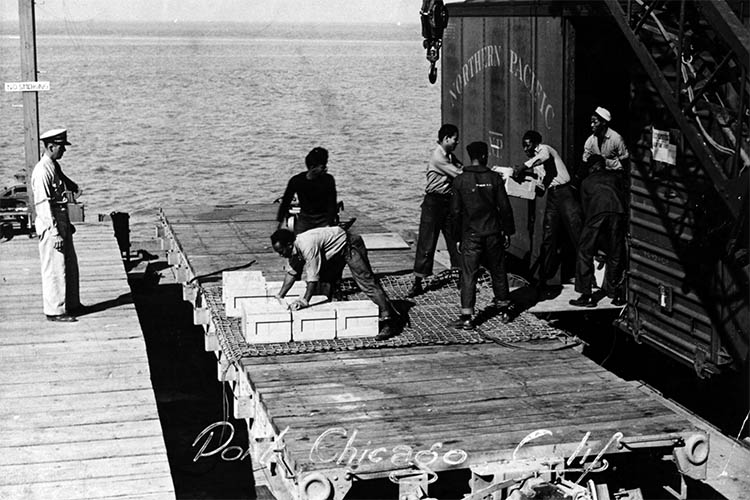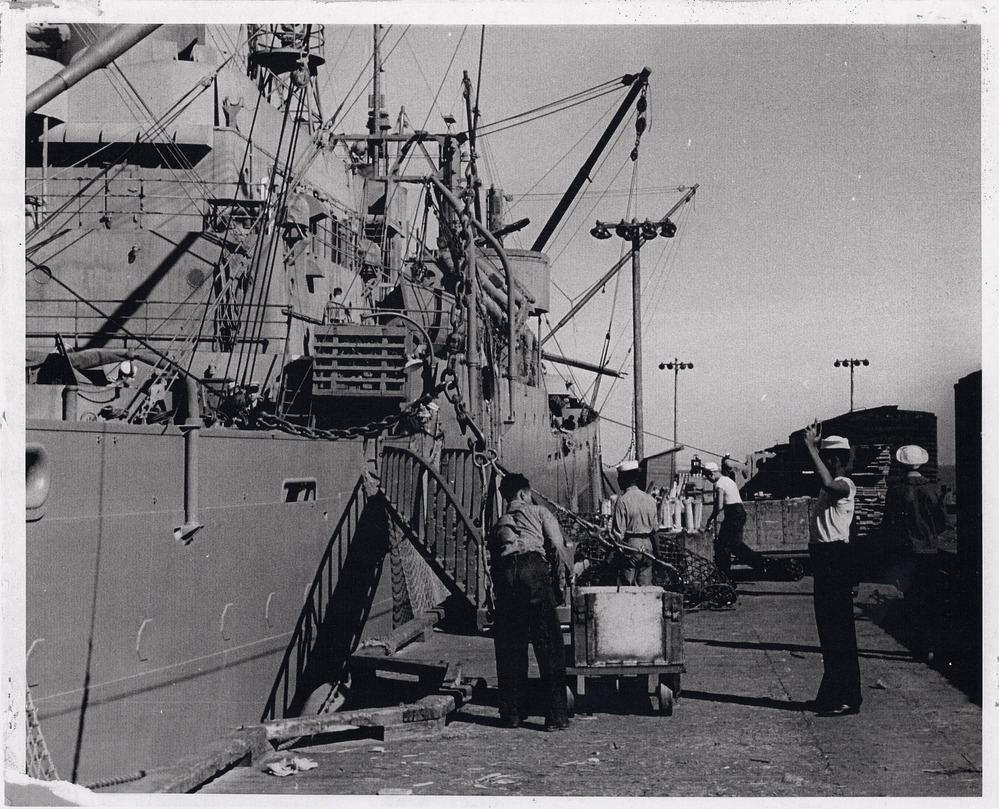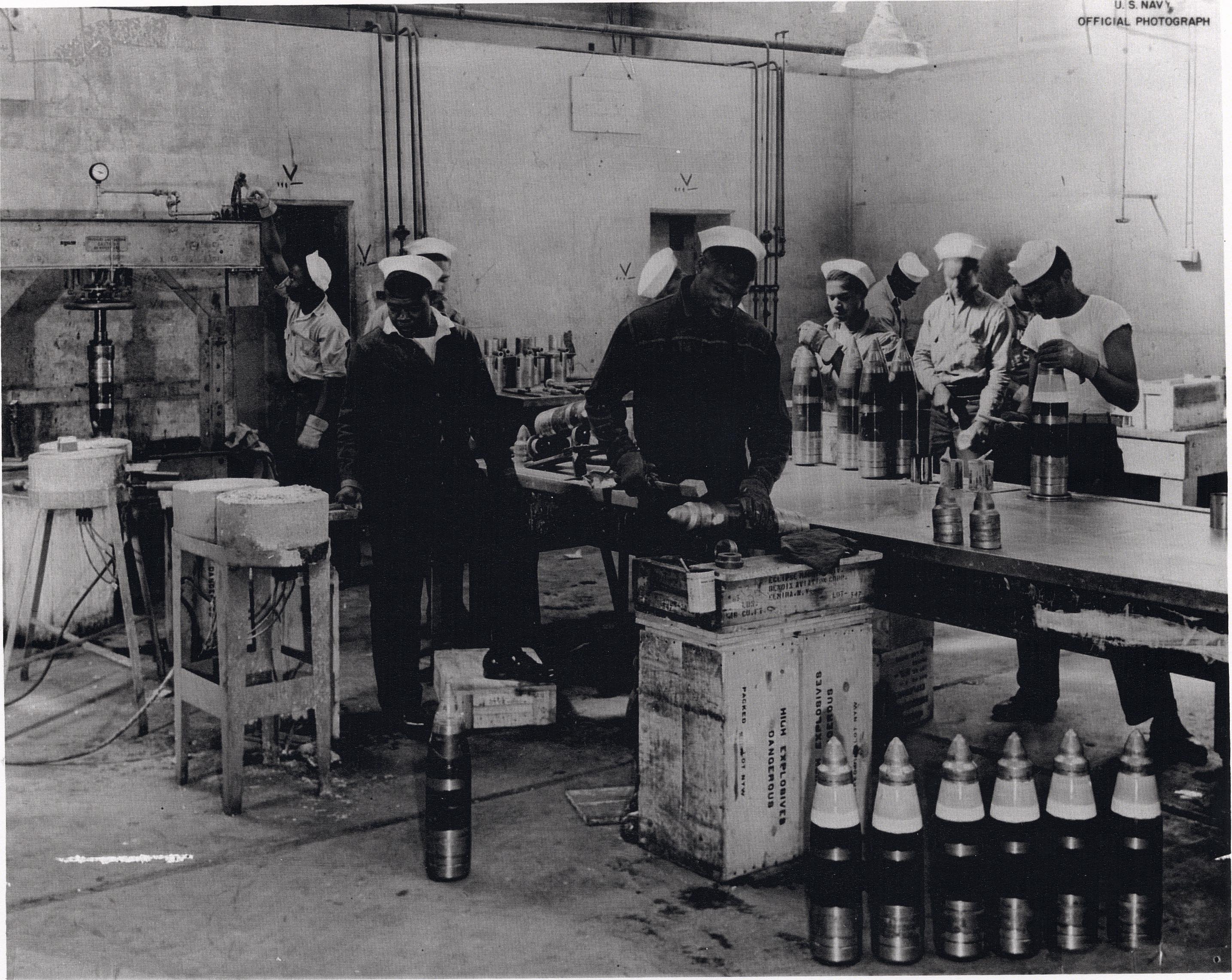Military Background
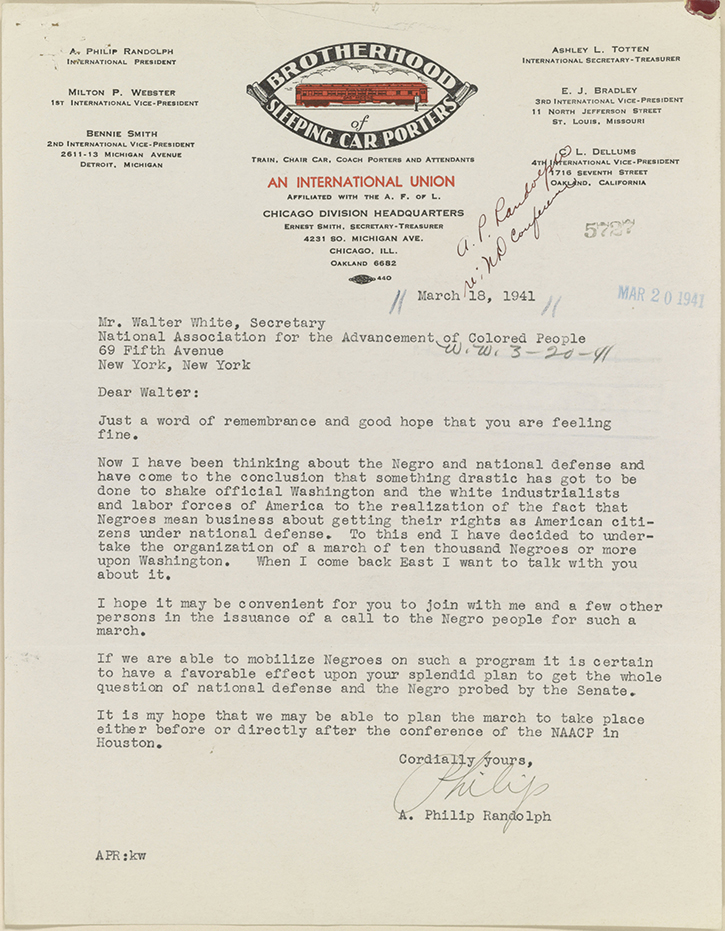
Randolp's letter to the NAACP (Source) Library of Congress
On December 8, 1941, after Japan bombed Pearl Harbor, America joined WWII in the fight against the Axis powers. African-American activist, A. Philip Randolp, threatened to organize a rally to protest segregation and discrimination in the Armed-Forces. In response, Roosevelt passed Executive Order 8802 declaring “There shall be no discrimination in the employment of workers in defense industries and in Government, because of race, creed, color, or national origin.”
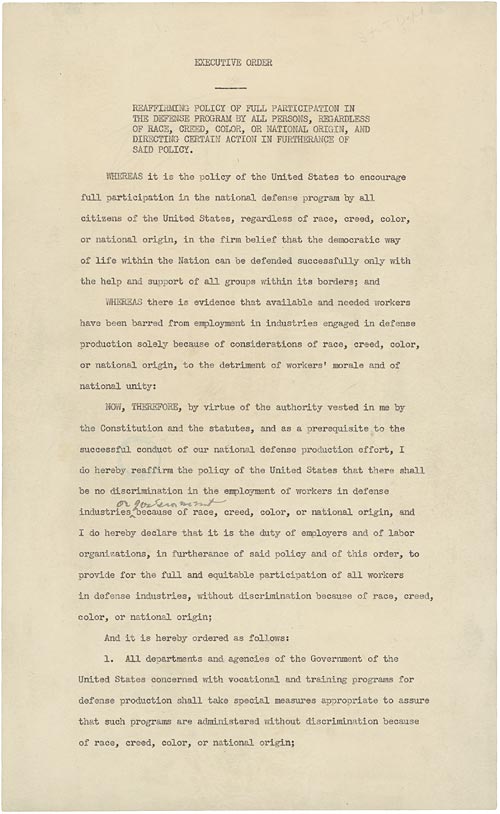
Executive Order 8802 (Source)Our Documents
